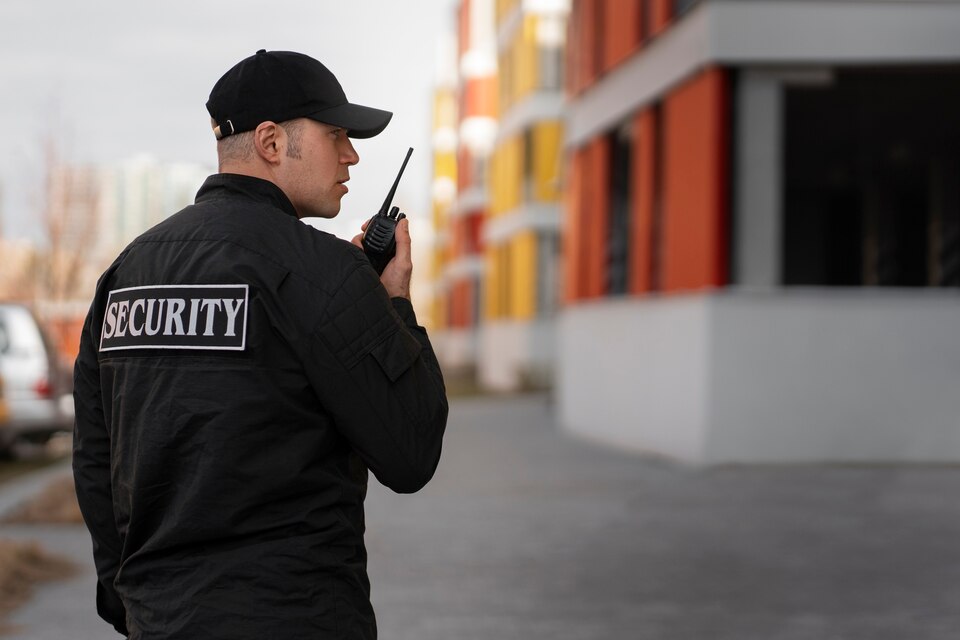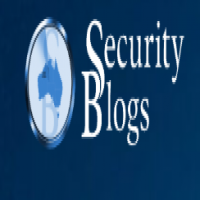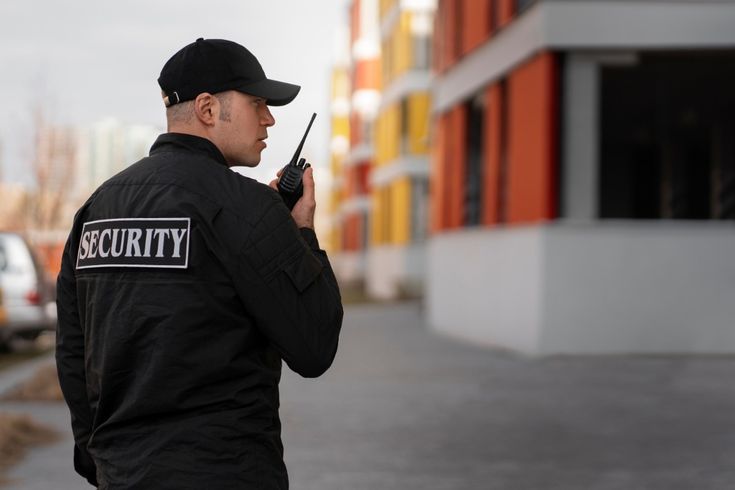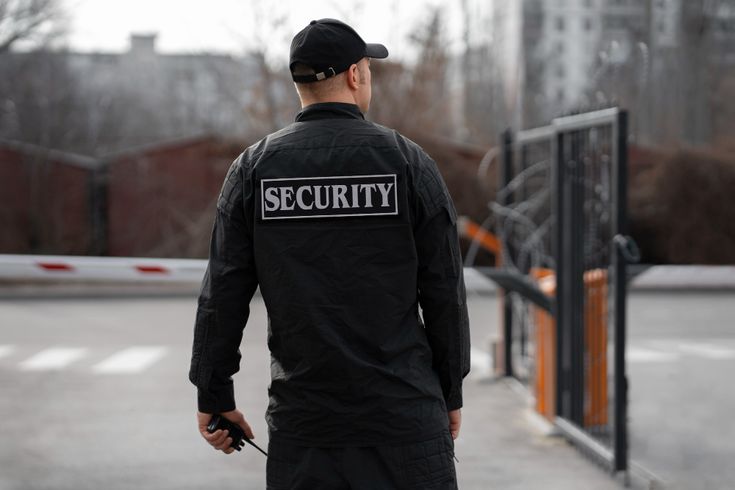Building Stronger Safety Plans Through Strategic Awareness

How Security Blogs Inspire Smarter Approaches to Safety
Security today isn’t just about having locks on your doors or cameras in your hallway—it’s about having a comprehensive, well-thought-out system that protects people, property, and peace of mind. Whether you're managing a home, overseeing a retail space, or operating an office complex, the way you approach safety has to evolve with the risks around you.
In an age where digital threats and physical vulnerabilities are increasingly interconnected, your approach to safety should be as layered and intelligent as the challenges you face. That doesn’t mean you need the most expensive gear or the latest tech trend. What you truly need is clarity—a clear understanding of your surroundings, your exposures, and the solutions that can realistically address them.
That kind of clarity starts with learning. And one of the most practical ways to gain insight today is through well-crafted security blogs that explain how systems work, what to expect from vendors, and which strategies deliver long-term value.
What Security Blogs Offer Beyond Basic Advice
In the overwhelming flood of information available online, it’s easy to feel unsure of what’s useful and what’s just noise. That’s why reliable blogs focused on safety topics stand out. They simplify technical terms, share real-world case studies, and offer step-by-step strategies that apply to everyday environments.
These resources aren’t written just for engineers or security experts—they’re meant for business owners, property managers, and even homeowners who want to make informed choices without being upsold by every installer or product vendor.
More importantly, they often help people realize that strong protection isn’t just about buying devices—it’s about developing better habits, improving layout visibility, managing access wisely, and preparing for unexpected events.
Begin by Evaluating the Space You Want to Protect
Before you choose any tools or services, start by analyzing what exactly needs protection. Ask yourself:
What are the most valuable or vulnerable areas?
Who comes in and out regularly, and during what times?
Are there patterns to how the space is used?
Are there previous incidents you want to prevent in the future?
The answers to these questions don’t require high-tech assessments—they just require time and honesty. Even if you eventually bring in a professional for evaluation, doing your own initial walkthrough will help you ask the right questions and avoid overspending.
Visibility Still Matters More Than You Think
It’s easy to think that smart cameras and alarms are the centerpiece of every security system—but visibility plays a huge role in prevention. That includes both visibility to you (monitoring your own property) and visibility to others (making it obvious that surveillance is in place).
Here are a few practical tips:
Keep entrances, driveways, and walkways well lit
Trim trees or landscaping that obscure view or paths
Use signage to make it known the area is monitored
Avoid clutter around access points
These basic steps can deter potential intrusions long before an alert or alarm ever activates.
Build Layers Instead of Relying on One Solution
One of the biggest mistakes in planning is relying too heavily on a single type of protection. For example, if your cameras are disabled or your alarm doesn’t trip, what happens next?
Instead, consider building a layered system. That could include:
Lighting + motion sensors
Video + staff check-ins
Keypad access + manual logs
Visual deterrents + real-time alerts
This way, if one layer fails or is bypassed, another is ready to step in. It’s not about paranoia—it’s about backup and balance.
Keep Your System Scalable and Sustainable
Many people invest in systems they outgrow or can’t maintain. The best protection plans are built with the future in mind. That doesn’t mean over-purchasing—it means choosing tools and services that can adapt with you.
Think about:
Whether your camera system allows you to add more units
If your platform supports remote access as you expand
How updates are handled by the provider
Whether service terms are flexible (monthly vs. multi-year)
Planning for flexibility helps you avoid major costs later on.
Rehearse Responses and Keep Everyone Informed
Even the most advanced safety systems can’t replace clear communication. Make sure everyone involved—staff, residents, partners—knows what to do during an emergency or alert.
That might include:
Who to call first
How to disable or reset alarms
When to evacuate and from where
Where to access first aid or emergency supplies
Practicing these scenarios once or twice a year can make a massive difference during real-world events.
Don’t Overlook Digital Vulnerabilities
Modern systems often rely on networks, apps, or cloud-based features. This adds convenience—but also brings risks. Cybersecurity is part of physical security now, and ignoring it can leave you exposed.
Some steps to protect digital elements:
Use strong passwords and change them regularly
Ensure your Wi-Fi network is encrypted
Update firmware on smart devices
Limit access to control panels and apps
As more security tools connect to the internet, digital safety is no longer optional—it’s essential.
Learn From Other People’s Mistakes
One of the best parts of reading trusted online resources is learning from situations others have already faced. Many safety failures follow the same patterns—left doors, inactive systems, forgotten maintenance, or untrained staff.
By understanding what caused others to fail, you can set up your space to succeed.
Look for lessons like:
Why visible deterrents are sometimes more effective than hidden systems
How quick response matters more than fancy tech
Why regular checks prevent most problems
How human behavior can help or harm system effectiveness
These insights can save you more than money—they can save you from avoidable setbacks.
Focus on Prevention, Not Reaction
The real goal of a great safety plan isn’t just to catch problems—it’s to stop them before they begin.
That means:
Setting expectations with everyone who uses your space
Responding quickly to any small issues (a jammed lock, a broken light)
Reviewing your setup every few months
Keeping tools updated and tested
Prevention isn’t always exciting. But it’s always more cost-effective than repairs, losses, or stress after something goes wrong.
Final Thoughts: Turn Insight Into Action
Great protection doesn’t come from gadgets—it comes from strategy. The smartest spaces are those where people stay informed, risks are reviewed regularly, and tools are chosen to match real needs—not advertising.
You don’t need to become a safety expert to create a more secure environment. You just need to stay curious, ask better questions, and keep refining your plan.
Resources like security blogs help you take that next step—not by offering magic solutions, but by helping you build your own.
Because the most secure places aren’t built in a day. They’re built through attention, action, and the willingness to always learn more.
Note: IndiBlogHub features both user-submitted and editorial content. We do not verify third-party contributions. Read our Disclaimer and Privacy Policyfor details.







